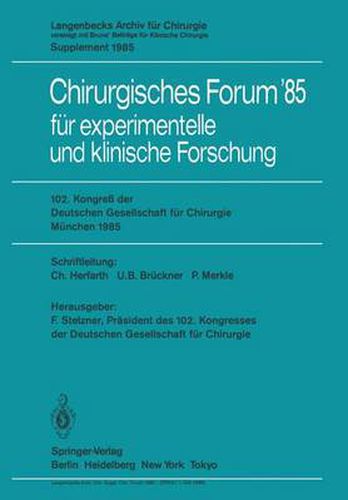Readings Newsletter
Become a Readings Member to make your shopping experience even easier.
Sign in or sign up for free!
You’re not far away from qualifying for FREE standard shipping within Australia
You’ve qualified for FREE standard shipping within Australia
The cart is loading…






This title is printed to order. This book may have been self-published. If so, we cannot guarantee the quality of the content. In the main most books will have gone through the editing process however some may not. We therefore suggest that you be aware of this before ordering this book. If in doubt check either the author or publisher’s details as we are unable to accept any returns unless they are faulty. Please contact us if you have any questions.
An 22 frisch entnommenen Leichenbecken wurden die Ileosacralge- lenke isoliert in einer speziellen Halterung einer statischen Zugbelastung unterworfen. 39 Ileosacralgelenke wurden ausgewertet. In transversaler Richtung kam es in 10 von 12 Gelenken zu Band- rupturen bei 3320 + 938 N und zu 2 Frakturen bei 2892 + 1318 N. Bei ventro-cranialer Zugbelastung wurde das Gelenk abgeschert (8 Bandausrisse 4508 + 1187 N, 9 Frakturen 3316 + 482 N). Die dorso- craniale Zugbelastung ergab die hochsten Kraftwerte (6 Bandr- se 5150 + 946 N, 4 Frakturen 5653 + 940 N). Diese Zugrichtung entspricht annahernd der Belastungsrichtung beim Stehen. Summary Experiments were carried out on 22 human cadaver pelves. The iso- lated sacroiliac joints were subjected to static traction in three dimensions (transversal, ventrocranial, dorsocranial) in a special holding device. The ileum was pulled away from the sacrum in each case. In all,39 joints were evaluated. The transverse traction tested the tightness of the ligamentous fibers only: 10 of 12 joints ruptured with an average force of 3320 + 938 N, while in 2 cases fracture of the sacrum occurred with 2892 + 1318 N. The ventrocranial traction force was much higher. It generated rupture in 8 cases (4508 + 1187 N) and in 9 cases, fracture (3316 + 482 N). The dorsocranial traction simulated the weight- bearing situation in standing (6 ruptures with 5150 + 946 Nand 4 fractures with 5653 + 940 N). Literatur 1.
$9.00 standard shipping within Australia
FREE standard shipping within Australia for orders over $100.00
Express & International shipping calculated at checkout
This title is printed to order. This book may have been self-published. If so, we cannot guarantee the quality of the content. In the main most books will have gone through the editing process however some may not. We therefore suggest that you be aware of this before ordering this book. If in doubt check either the author or publisher’s details as we are unable to accept any returns unless they are faulty. Please contact us if you have any questions.
An 22 frisch entnommenen Leichenbecken wurden die Ileosacralge- lenke isoliert in einer speziellen Halterung einer statischen Zugbelastung unterworfen. 39 Ileosacralgelenke wurden ausgewertet. In transversaler Richtung kam es in 10 von 12 Gelenken zu Band- rupturen bei 3320 + 938 N und zu 2 Frakturen bei 2892 + 1318 N. Bei ventro-cranialer Zugbelastung wurde das Gelenk abgeschert (8 Bandausrisse 4508 + 1187 N, 9 Frakturen 3316 + 482 N). Die dorso- craniale Zugbelastung ergab die hochsten Kraftwerte (6 Bandr- se 5150 + 946 N, 4 Frakturen 5653 + 940 N). Diese Zugrichtung entspricht annahernd der Belastungsrichtung beim Stehen. Summary Experiments were carried out on 22 human cadaver pelves. The iso- lated sacroiliac joints were subjected to static traction in three dimensions (transversal, ventrocranial, dorsocranial) in a special holding device. The ileum was pulled away from the sacrum in each case. In all,39 joints were evaluated. The transverse traction tested the tightness of the ligamentous fibers only: 10 of 12 joints ruptured with an average force of 3320 + 938 N, while in 2 cases fracture of the sacrum occurred with 2892 + 1318 N. The ventrocranial traction force was much higher. It generated rupture in 8 cases (4508 + 1187 N) and in 9 cases, fracture (3316 + 482 N). The dorsocranial traction simulated the weight- bearing situation in standing (6 ruptures with 5150 + 946 Nand 4 fractures with 5653 + 940 N). Literatur 1.